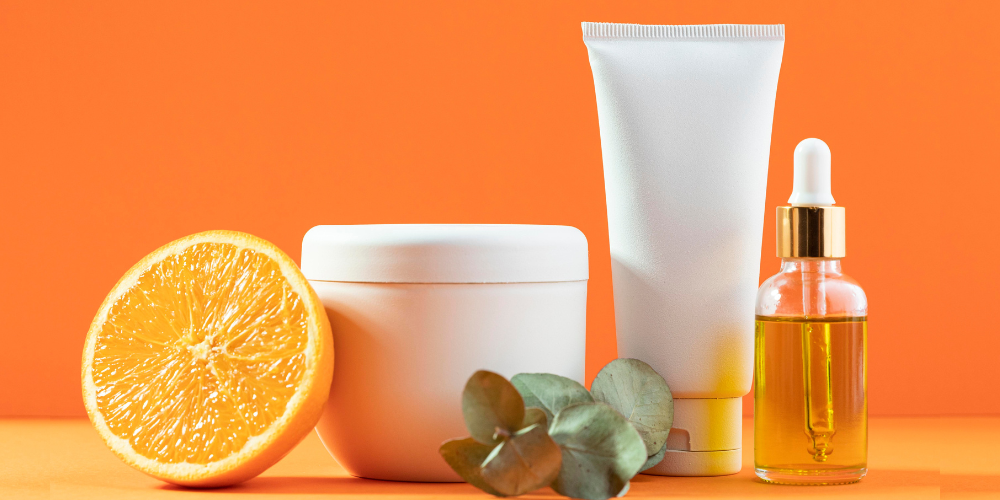
How Upcycled Ingredients Are Shaping the Future of Cosmetics

What used to end up in bins or compost heaps is now finding a new life inside skincare bottles and beauty jars. Upcycling, once a niche sustainability practice, is becoming a serious game-changer in cosmetics. It’s not about making do with scraps; it’s about giving by-products from food production a new identity, and more importantly, real value.
These aren’t leftovers—they’re power-packed ingredients, rich in nutrients, and good for both skin and planet.
Moving Toward a Smarter Circular Model
Rethinking how we use resources is no longer optional. As global consumption accelerates, the demand for a circular economy grows louder. Waste from manufacturing and food processing clogs landfills and drains ecosystems. That pressure is driving brands to look for smarter ways to reuse, repurpose, and reduce.
Cosmetics brands, especially those focused on sustainability, are turning to circular solutions like upcycling to meet consumer demand for cleaner beauty without adding to the waste stream. It’s about extending the life of every material and finding innovation in what was once discarded.
The Hidden Value in Food Waste

Freepik | Beauty labs are transforming food by-products like peels and seeds into active cosmetic ingredients.
In beauty labs across the world, what was once thrown away is now studied under microscopes. The focus? By-products from food production—materials like peels, seeds, and pulp—are proving to be rich sources of active compounds. These materials are now showing up in cosmetic formulations, contributing benefits like hydration, antioxidant protection, and skin barrier support.
Common upcycled sources include:
1. Fruit peels and pulp from citrus and berries
2. Seeds and oilcakes left from pressing oils
3. Molasses and bran from sugar and grain milling
Instead of extracting new raw materials, brands are mining the value already present in what the food industry sets aside. This not only reduces environmental impact but opens doors to innovation in clean-label cosmetics.
Upcycled Plant Waters in Cosmetics
French company Gattefossé is one of the pioneers in using upcycled materials effectively in the cosmetics space. Their Original Extracts™ line shows how collaboration with the food industry can turn waste into premium skincare ingredients.
These extracts are waters derived from fruits during juice extraction or drying. Seven fruits make up the lineup: apple, lemon, orange, grape, cranberry, grapefruit, and kiwi. No extra water or solvents are added, preserving purity and maximizing sustainability.
Here’s what makes these plant waters stand out:
1. 100% sourced from fruit
2. High in minerals and trace elements
3. Can substitute standard water in cosmetic formulas
4. Help save an estimated 200–300 tons of water each year
These upcycled ingredients don’t compromise performance. They support cleaner formulations while improving the product’s eco-footprint—a win for both consumers and the planet.
Upcycling Isn’t Just a Trend—It’s a Solution
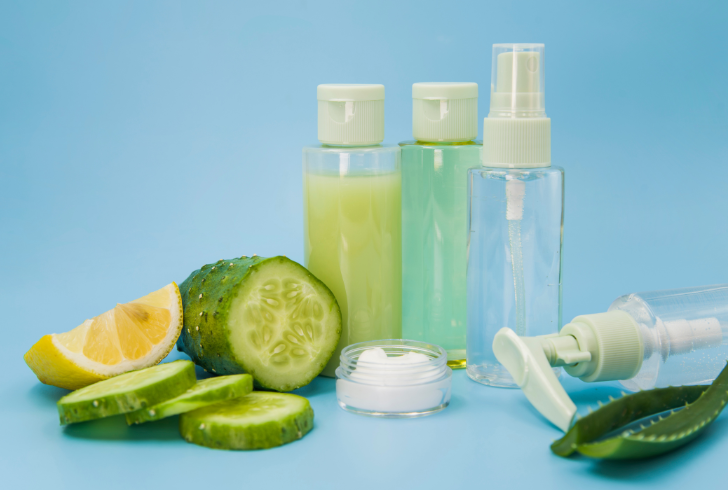
Freepik | By using by-products, upcycled ingredients ethically reduce waste, benefit skin, and conserve resources.
Consumers now expect more from beauty brands than just good packaging. Ingredient transparency and responsible sourcing matter, especially when it comes to sustainability. Upcycled ingredients offer a solution that checks all the boxes: ethical sourcing, reduced waste, and skin-friendly benefits. And because these ingredients are often by-products, they cut down the need to grow or harvest new crops, saving energy and water along the way.
The cosmetics space is moving beyond greenwashing. Today’s leading products combine performance with purpose, and upcycled ingredients are at the heart of this evolution. It’s not about using “natural” as a label—it’s about being smarter with resources.
The Future of Cosmetics Lies in Upcycling
This shift toward upcycling is proving that sustainability and high-performance skincare can go hand in hand. As more brands invest in upcycled ingredients, consumers get access to cleaner, more conscious cosmetics without sacrificing quality.
This goes far beyond checking a sustainability box—it’s actively reshaping how brands formulate and deliver beauty products. As innovation grows in this space, so does the opportunity to redefine what goes into a product and what no longer needs to be wasted.
More inBeauty & Cosmetics
-
`
How Upcycled Beauty Ingredients Are Reshaping the Industry’s Future
The beauty industry is going through a big shift — and it’s not just about trends. As waste problems grow and...
July 17, 2025 -
`
A Look Inside Faith Kipyegon’s Groundbreaking Mile Run in Paris
Last week in Paris, Faith Kipyegon returned to a place she knows well: Stade Sébastien Charléty. But this time, she wasn’t...
July 9, 2025 -
`
Dairy Is Making a Major Comeback — And Health Shoppers Are Loving It
Just a few years ago, dairy sat quietly in the back seat while plant-based alternatives took the spotlight. Now, it’s stepping...
July 4, 2025 -
`
Does Aging Cause Dental Problems?
Aging doesn’t automatically mean losing teeth or developing gum disease. In fact, older adults today are holding onto more of their...
June 25, 2025 -
`
Rock Legend Rod Stewart Trains to Break Sprint Record at 80
Age isn’t slowing Rod Stewart down. Known worldwide for his legendary voice, stadium-filling tours, and timeless hits like “Maggie May”, the...
June 11, 2025 -
`
The Truth Behind Detox Diets – Health Boost or Risky Trend?
It’s hard to scroll through your feed without seeing someone sipping green juice with promises of instant energy, glowing skin, and...
June 3, 2025 -
`
Is Dr. Oz Fit to Lead Medicare?
The announcement of Dr. Mehmet Oz as President-elect Donald Trump’s pick to lead the Centers for Medicare and Medicaid Services (CMS)...
May 29, 2025 -
`
Are Beauty Dupes Worth the Hype?
Beauty fans are no strangers to the world of product swaps. Whether it’s a $10 concealer rivaling a luxury $50 one...
May 21, 2025 -
`
3 Beginner Skipping Workouts for Full-Body Fitness
If you’re on the hunt for an efficient, anywhere workout that torches calories and strengthens your entire body, it’s time to...
May 15, 2025

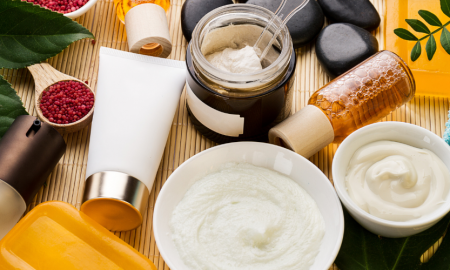
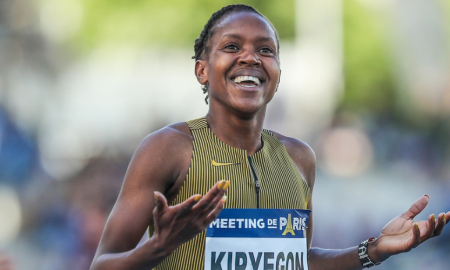


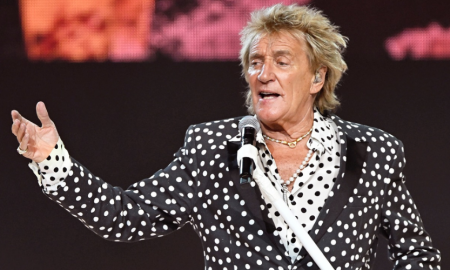




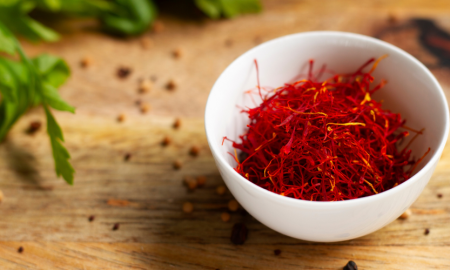


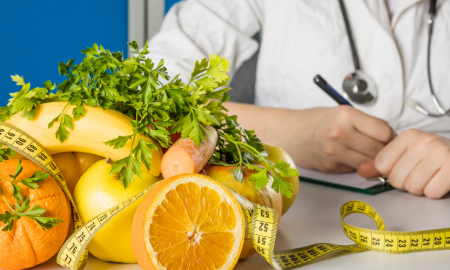

You must be logged in to post a comment Login